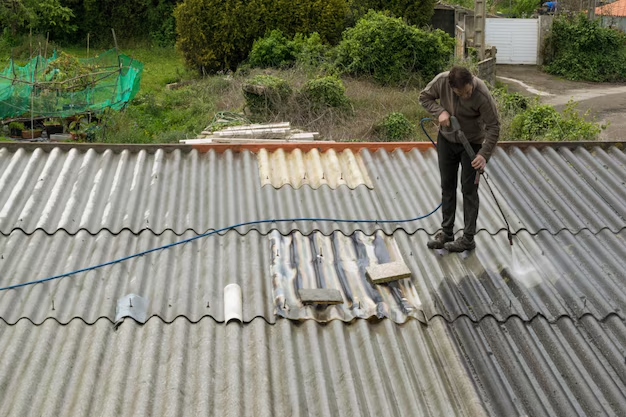Can You Install a Metal Roof Over Your Existing Composite Roof?
Homeowners across the country are constantly seeking ways to improve the durability, energy efficiency, and aesthetic appeal of their homes. One question that arises frequently is whether installing a metal roof over an existing composite roof is feasible. The answer is generally yes, you can install a metal roof over composite shingles, but there are specific factors to consider.
Why Choose a Metal Roof?
Metal roofs are renowned for their durability, longevity, and energy efficiency. Unlike traditional shingles, they can last 40 to 70 years and often come with extended warranties. They reflect solar radiant heat, which can reduce cooling costs by 10-25%. Additionally, metal roofing is highly resistant to wind, rain, and snow. For those considering long-term investments in their homes, metal roofing is an attractive option.
Key Considerations Before Installation
Before you decide to overlay a metal roof on composite shingles, bear these critical factors in mind:
Condition of Existing Shingles: The current roof should be in good condition. Any warped, curled, or severely damaged shingles should be repaired beforehand. This ensures a stable base for the metal roofing.
Local Building Codes: Always check with local building regulations. Some areas have specific guidelines regarding the layering of roofing materials.
Weight Implications: Metal roofing is lightweight compared to other materials, but adding an additional layer still increases the load on your roof structure. It's wise to have a professional evaluate whether your existing structure can support it.
Moisture Barriers: A metal roof requires a moisture barrier to prevent condensation. An underlayment is typically installed between the shingles and the new metal roofing.
Cost Considerations: While initially expensive, metal roofs offer long-term savings on maintenance and energy costs, and often qualify for insurance discounts.
Installation Process
The installation of metal roofing over shingles generally involves these steps:
Inspection: Thorough inspection of the existing roof structure and shingles.
Underlayment: Installing a moisture-resistant underlayment over the shingles.
Metal Panels: Laying down metal panels or shingles in a systematic manner, ensuring secure fastening and sealing.
Finishing Touches: Completing with ridge caps and edge trimming to enhance aesthetics and prevent water intrusion.
Financial and Educational Resources
For those exploring metal roofing, understanding the cost involved is crucial. Don't let budget constraints discourage you. There are numerous financial assistance programs and educational opportunities to consider:
🏡 Federal and State Incentives: Many states offer tax credits for energy-efficient home improvements, including metal roofing. Check local resources for eligibility.
💰 Home Improvement Loans: Some financial institutions provide favorable loan terms for home renovations involving energy efficiency upgrades.
🎓 Educational Grants: Home improvement courses can be subsidized or free through local community colleges or online platforms, enhancing your ability for DIY projects.
💳 Credit Card Solutions: Some credit cards offer introductory financing offers, allowing you to pay for renovations interest-free over a specified period.
📞 Consult with a Financial Advisor: Explore options like debt relief or restructuring existing loans to free up budgetary space for your home project.
Remember, any significant home improvement is not just an expense but an investment in your property’s value and your quality of life. By considering all factors and resources, you can make a well-informed decision that benefits you and your household.
